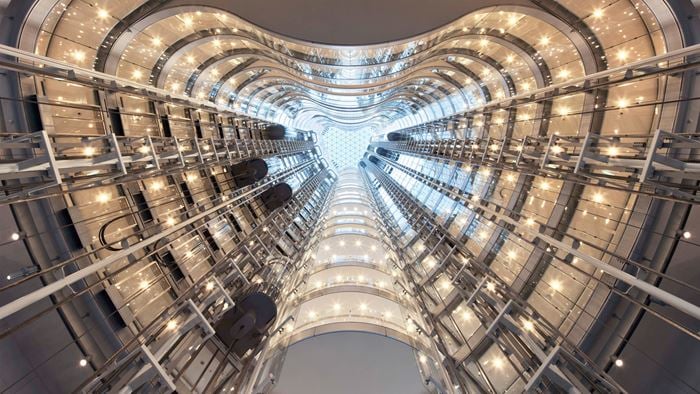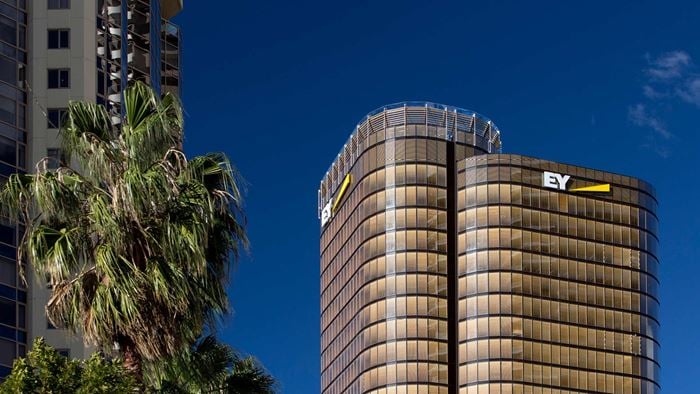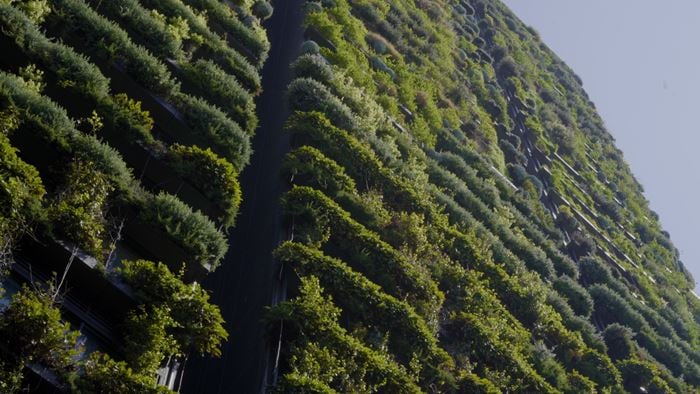Façades are the face of our buildings, but increasingly they are also the lungs and cardiovascular system, all working together to improve the health, functionality, and amenity of the building, the outside environment and the people inside.
There is a general understanding that façade performances have improved significantly over the last ten years. This has been led by glass performance and often resulted in larger vision areas; improving the access to views without increasing the energy burden. It is probably less well understood however, how façades can also improve user comfort and amenity. For example, the simple use of shading devices can reduce the issue of glare, which results in reduced reliance on blinds and thus increased access to view. Or for example, how operable façades can be designed to respond to and control thermal radiant effects so that mechanical systems can be simplified.
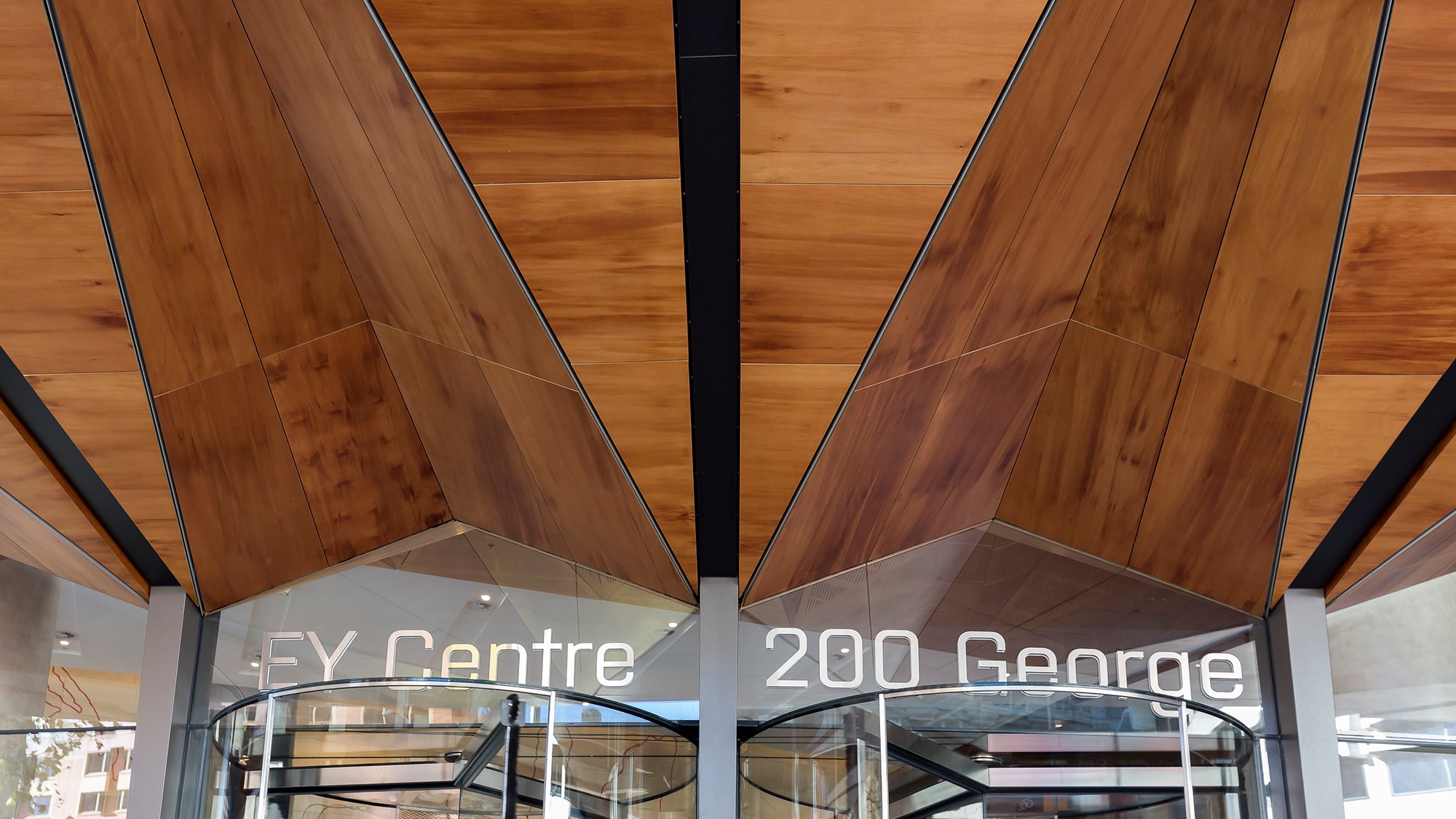
None of this means though, that a high performance façade has to be complex. It might simply be a matter of shading, fenestration design, and glass choice that achieves significant performance improvements.
You might start to think that every façade is high performance, as every time someone puts high performance glazing onto a façade it seems to attract that label. But, does a low-E coat* really make a façade worthy of the high performance definition?
I would use that definition to describe a façade that significantly exceeds current standards and expectations for waterproofing, energy transmission, acoustics, thermal, and visual comfort.
“I also like the idea that it can do more than a normal façade. Can it ventilate the building without noise or operate responsively to occupant needs? Can it clean itself or be compostable? The answer to all of these questions by the way, is potentially yes. ”
Haico Schepers Principal
I also think a high performance façade should be one that provides an integrated envelope solution. By that I mean that it provides a solution that is more than mere cladding, its zone of influence extends beyond the 200mm perimeter cladding zone and into the occupied space itself, integrating it with the building performance.
International Towers Sydney, Barangaroo South
The façades for the International Towers Sydney were designed with very tight environmental targets. These buildings are designed to achieve on multiple performance outcomes. They use fixed external shading to minimise solar glare and load while acting as light shelves for daylight. They are tuned in slope and orientation to maximise view and minimise blind use.
For the east and west façades, they include operable blinds for low angle sun conditions. This combination of outcomes was optimised for each individual panel. That is, each panel uses a specific set of shade and blind combinations to maximise daylight and view without exceeding peak thermal loads. This analysis was performed taking into account overshadowing of surrounding buildings, and as a result the shade subtly changes around the building in response to the tower’s unique microclimate.
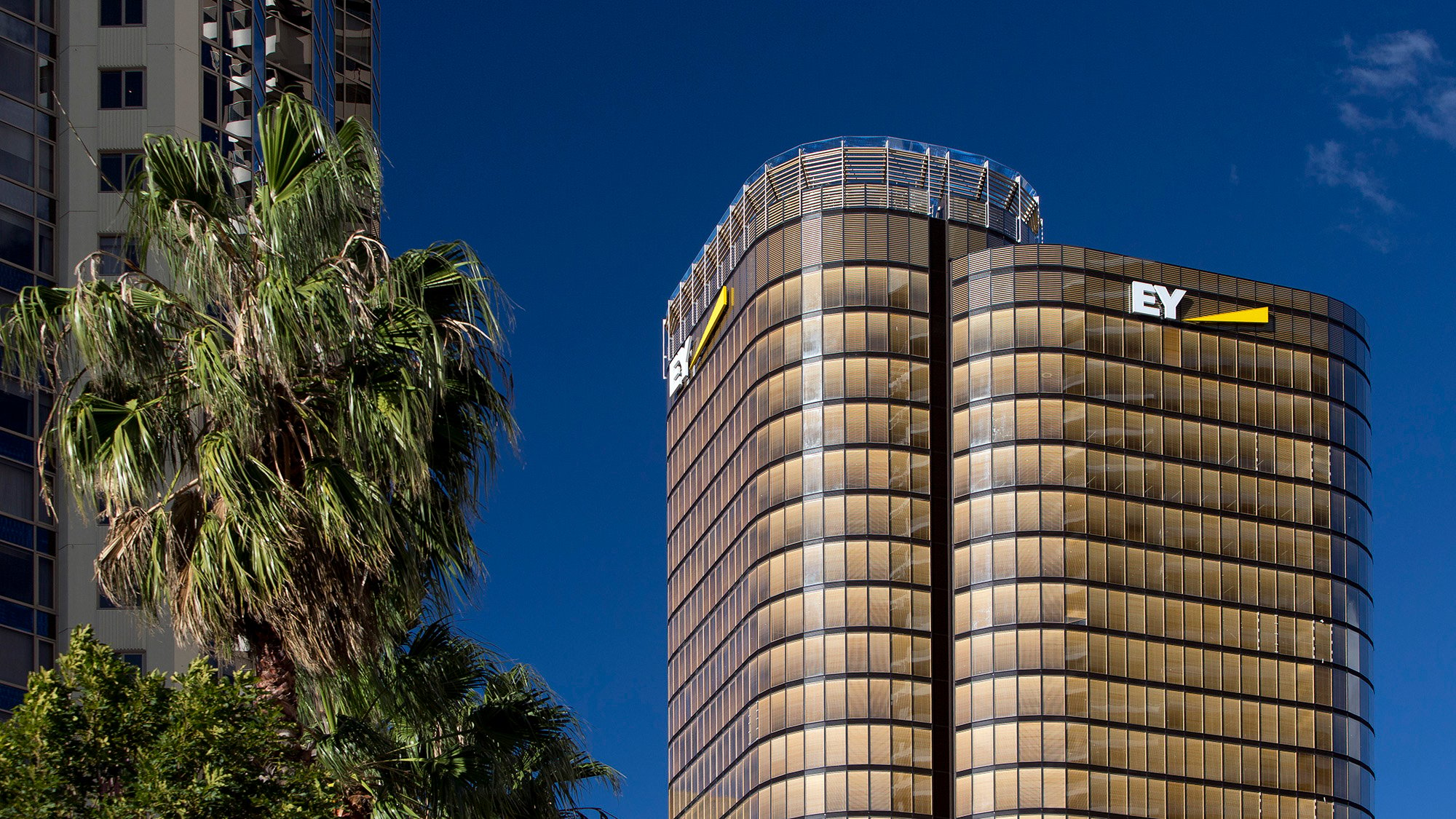
200 George Street
Another project I worked on that is a good example of a high performance façade is 200 George Street, which recently opened. This is the first closed cavity façade in Australia. What is unique about this project is that the development was able to achieve a very low solar heat gain for the curtain wall panel without using a wide cavity vented façade.
It recognises that modern, double glazed units are so efficient in insulating against temperature that the façade cavity does not need to be ventilated to relieve this heat. The cavity is effectively dehumidified and keeps clean by an air bleed system that provides dry air into the cavity to avoid convection issues.
To some degree the façade design was based on being comfortable, based on previous design learnings from projects such as the vented blinds at Darling Quarter and the dehumidification strategy of the ETFE design at Beijing Aquatic centre. These two innovations make this amazing looking façade possible.
One Central Park
Another favourite is One Central Park. Recently I attended an Arup global façade workshop on green façades, with a focus on quantifying the city-scale benefits of greening our buildings.
There was a series of individual analysis sessions, where presentations quantified the impacts on acoustics, water quality, heat island effect, and new technologies. Also, there were several international project examples such as Bosco Verticale. Australasia was well represented with One Central Park and Woha’s PARKROYAL.
Overall, I came away thinking that there was still a great opportunity to improve our cities with green infrastructure. In particular, we can improve how envelopes can enhance our semi-external spaces. Some examples of this are the heliostat at One Central Park, the natural ventilation at the new extension to High Point in Melbourne and the microclimate umbrella at Pacific Fair in the Gold Coast.
* Low-e coatings have been developed to minimise the amount of ultraviolet and infrared light that can pass through glass without compromising the amount of visible light that is transmitted.
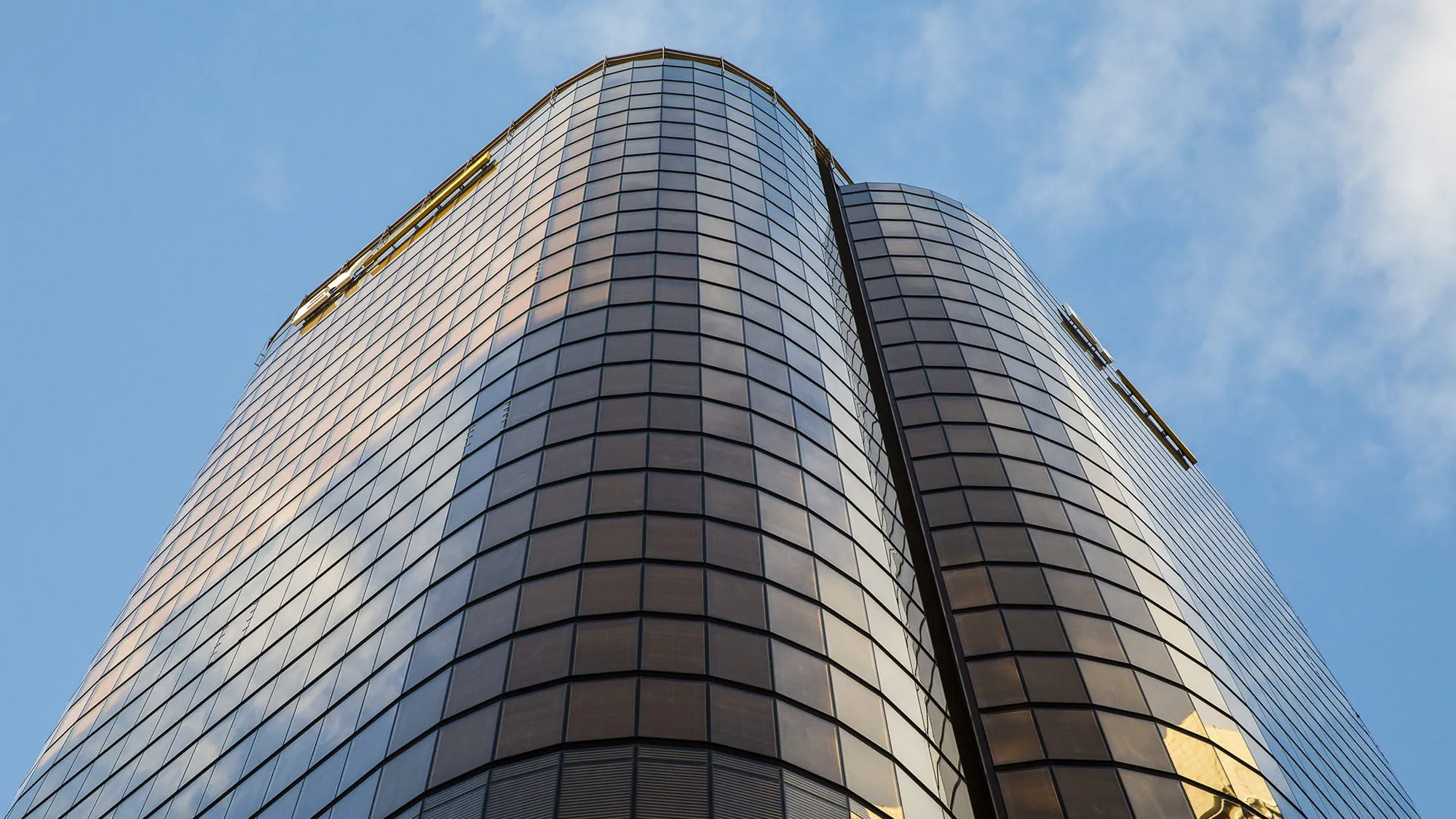 ;
;


